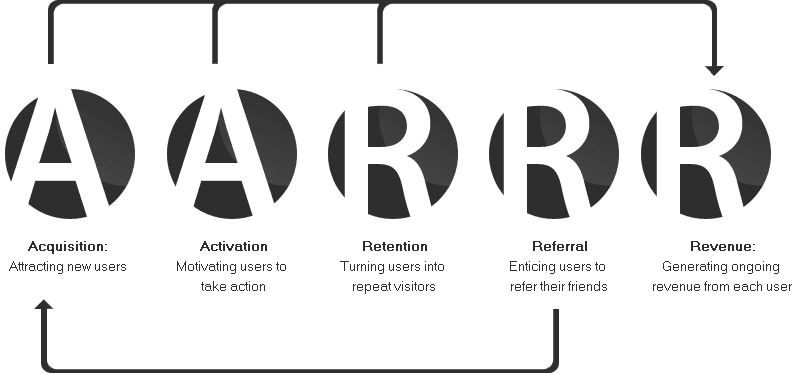Web Marketing for Developers: Modelling Customer Behaviour
Marketing can be a tough nut to crack, and often unfortunately retains a negative stereotype amongst developers. After all, it’s how they have teams producing plenty of sparkle but when the smoke from the fireworks clear, you find a set of APIs with horrible documentation and even more horrible customer ‘support’, right? That’s the stereotypical, \[…\]
Introduction
Marketing can be a tough nut to crack, and often unfortunately retains a negative stereotype amongst developers. After all, it’s how they have teams producing plenty of sparkle but when the smoke from the fireworks clear, you find a set of APIs with horrible documentation and even more horrible customer ‘support’, right?
That’s the stereotypical, negative view of marketing. It’s unfortunately correct when marketing is done wrong, but that doesn’t mean you shouldn’t try to do it right. Most companies that produce great developer tools also have great marketing efforts, and they didn’t become what they are without their marketing efforts. Like you, many of them started with very little, never mind a marketing team.
We’ll try to make it a little easier. In this series on web marketing for developers, we’ll teach you different aspects of marketing to successfully launch your project. If you’re thinking about launching your own API and intend to get as many developers as possible to use it, this series is for you.
Why Bother Marketing Developer Tools?
The reality of the developer tools market is that your product will be joining a massive and growing pool of other tools, all competing for developers’ attentions even if their utility is completely different.
The old adage of ‘if you build it, they will come’ has been disproven time and time again – you could build the most mind-blowing app, but if no one knows about it it will have gone to waste.
This can seem bewilderingly difficult at the best of times, especially with the tech industry: there are plenty of marketing resources on the internet, but not all of them are going to apply to the unique features and requirements of a developer audience.
Understanding the Funnel
To kick things off, let’s start with a broad visualisation of the potential flow of a customer in getting to know and use your product:

The AARRR funnel was first developed by Dave McClure of 500 Startups, and is first and foremost a great way to sound like a pirate. It also happens to be a basic but effective overview of a hypothetical user’s ‘journey’ in relation to your product, from the first time they visit your website to the moment they pay for your product.
Here’s a breakdown of the five elements of the funnel:
- Acquisition. Whenever someone visits your site or landing page, the most basic interaction a user can have with you.
- Activation. When the user utilises your product – for example, we consider a user ‘active’ when they’ve hit a certain number of messages and connections for the first time.
- Retention. The user continues to use your product, indicating they like your product, and returns to your site or code every so often.
- Referral. The user likes your product so much he refers it to other people, thus starting them at the top of the funnel.
- Revenue. The user pays you for your product – congratulations! Note that if you’re releasing open-source projects or libraries, you can skip the Revenue section entirely with the sole aim of growing a community and having an impact on your users.
A website? Email newsletters? If this seems like a lot of work to do, don’t be alarmed – you don’t need to do everything there to begin marketing. Some of these require a little more work to get up and running but in the rest of this series we’ll also be looking into tools that can help automate your marketing and make it take up less of your time.
The AARRR funnel is incredibly helpful to know how far a user has come in reaching the ‘success’ stage, either when they pay for your product or as they continue to spread the word and adopt it.
Next Up
Over the coming weeks we’ll be continuing this series of posts on web marketing for developers, taking you through a step-by-step process of what you need to do to begin marketing your API.
In this post we’ve covered the basic ‘why’ of marketing: in a crowded market, your marketing is what will help you stand out from the rest, and it’s entirely possible to do so in a way that won’t turn off your potential customers.
Use the AARRR model to develop a model of your customer behaviour – it’ll help guide your web marketing and product management efforts. We’ll be exploring each section of the funnel, the associated metrics and actions you can take to get started in each area to take your product from its first user to the many more who will hear about and use it.
While you wait for the post to arrive, consider the overview of the AARRR funnel and the basic resources you’ll need to get started:
- Who do you think will be interested in your app?
- How could you get around to getting them to notice?
To stay updated with this series, be sure to follow us on Twitter or subscribe to our RSS feed – we’ll be updating you on these posts there.
The next post in this series focusing on Acquisition can be found here.